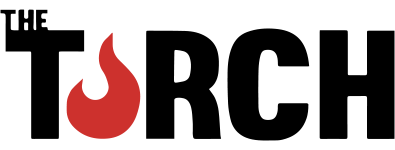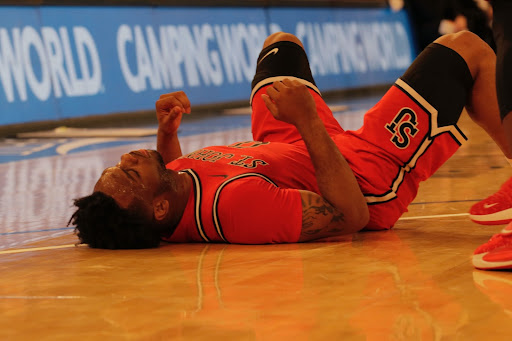Professors, professionals and students have all become increasingly guilty of not crediting the source of their information to add to their own research and publications.
One of the most recent cases of mass plagiarism took place at Ohio University. Twenty-one graduates from Ohio U. had their master’s degrees revoked after it was discovered that they had plagiarized. All who had their degrees revoked were mechanical-engineering majors from the College of Engineering who had graduated within the past 20 years.
There were 44 possible cases of plagiarism by both current and former engineering graduate students, according to The Chronicle of Higher Education. All of the instances at Ohio U. were discovered by a former graduate student, Thomas Matrka, who believes that professors at the university have created a culture of cheating.
The university set up a committee which looked at 46 theses that were cited as possible cases of plagiarism. Of those 46 theses, 21 had been copied directly from various print sources, including books, journals, periodicals or other students’ theses that could be found in the university’s library.
Sixteen additional students were found to have worked together on their projects. They might have copied from one another’s work, or not noted in their projects that they had worked in a group and exchanged information. It is possible that these students will also be punished for their indiscretions.
As information becomes more available from Internet searches and online databases, the opportunity for someone to steal information has also increased. A would-be plagiarizer only needs to type in his query and an immediate search returns many years worth of information on the subject. This convenience may be why there is such an increase in the report of plagiarism among academia.
As simple as it is to use the Internet and various other technology to steal sources, new Web sites and software help make catching cheaters just as easy. Web sites like turnitin.com help search thousands of pages of information to match text in a suspected plagiarizer’s text to the document where it originated. The software used by turnitin.com compares text entered from a student’s work to all other texts in the system. All instances of similar wording or plagiarism are then reported to the professor
“In one of my classes two students were repeatedly caught for plagiarizing their papers,” said Kassandra Matthews, a senior communications major at St. John’s, “but the professor didn’t turn them in and even allowed them to resubmit their work for a non-failing grade.”
St. John’s has a zero tolerance policy on academic dishonesty with sanctions ranging from loss of credit for the work in question to suspension or even expulsion from the University.
“Students who plagiarize their work corrupt the work that students who turn in properly cited material do,” said Mark Nierodzinski, a senior marketing major at St. John’s. “I think that as a Catholic institution we should all hold ourselves to a higher standard of academic integrity.”







